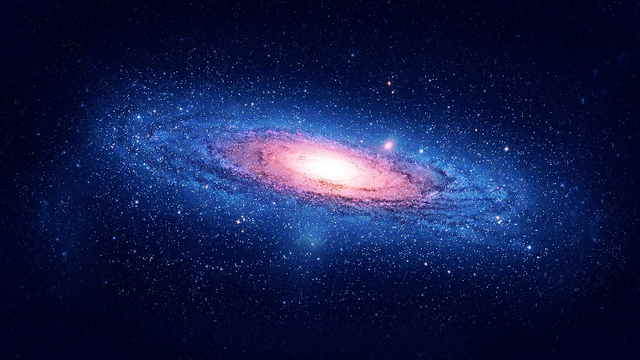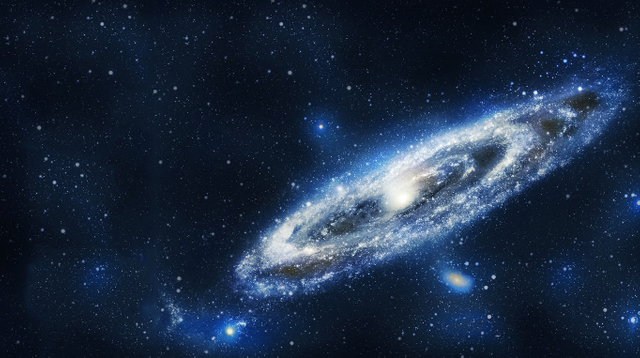
To learn about the universe we first need to understand what the universe is. Universe is all of space and everything in it including stars, planets, life, etc. Everything is made out of the same matter, you, me stars, everything. Groups of stars relatively close to each other is called galaxy. As the universe expands accelerated galaxies are moving away from each other faster and faster. If we don't perfect our space technology soon, we won't be able to travel to other galaxies ever. We will be left alone in our galaxy - The Milky Way, to search for life and friends. In the Milky Way there are 100 billion (milliard) stars and most of them have planets orbiting them.

Hmmm....
This is actually incorrect. Take dark matter.
Second example: take cosmic rays. We are not made of gamma rays.
Downvoting a post can decrease pending rewards and make it less visible. Common reasons:
Submit
Dark matter is only a form of matter "a hypothetical form of matter invisible to electromagnetic radiation, postulated to account for gravitational forces observed in the universe"
And for cosmic rays "Composed primarily of high-energy protons and atomic nuclei, they are of mysterious origin."
Downvoting a post can decrease pending rewards and make it less visible. Common reasons:
Submit
This is partially true. Dark matter is hypothetical, but if dark matter is not there, you need something else. And this something else is not something known (at is part of our universe).
Secondly, your definition of a cosmic ray is wrong. Cosmic rays can be neutrinos, photons, protons, electrons, etc. Wikipedia is sometimes very inaccurate... ;)
And cosmic rays exist. They are observed and their composition is known.
Downvoting a post can decrease pending rewards and make it less visible. Common reasons:
Submit
If you want to discuss this lively, please pass by the #steemSTEM channel.
Downvoting a post can decrease pending rewards and make it less visible. Common reasons:
Submit